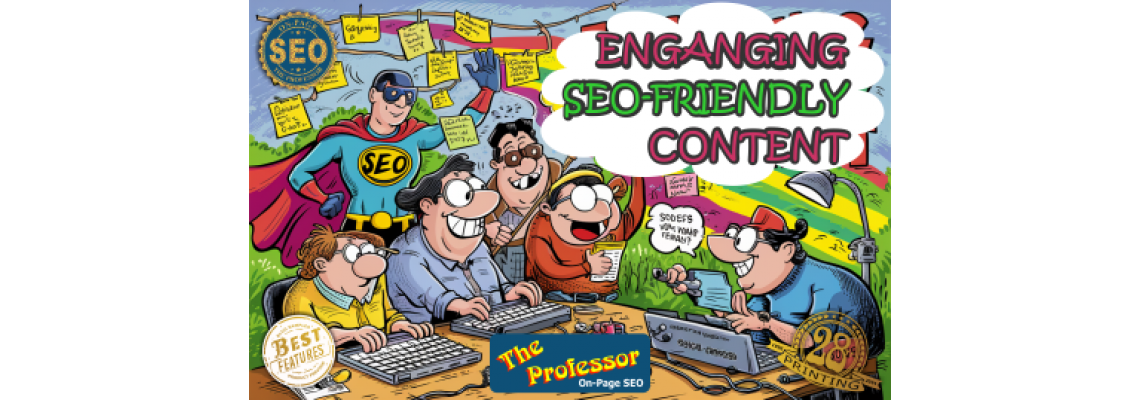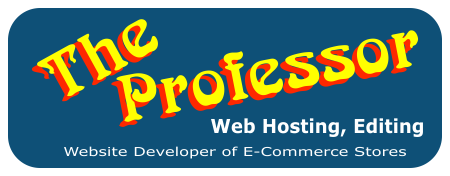
Here are some proven strategies to help you craft content that resonates with readers and performs well in search engines.
Understand Your Audience
The foundation of high-quality content is a deep understanding of your target audience. Before you start writing, ask yourself:
- Who are my readers?
- What are their pain points, interests, and needs?
- What type of content do they prefer (blogs, videos, infographics, etc.)?
Use tools like Google Analytics, social media insights, and audience surveys to gather data about your audience. This information will guide your content creation process and ensure that your content is relevant and valuable to your readers.
Conduct Thorough Keyword Research
SEO-friendly content starts with effective keyword research. Identify the keywords and phrases your target audience is using to search for information related to your topic. Tools like Google Keyword Planner, Ahrefs, and SEMrush can help you find relevant keywords with a good balance of search volume and competition.
Once you have a list of keywords, integrate them naturally into your content. Focus on primary keywords but also include secondary keywords and long-tail phrases. Remember, keyword stuffing is a practice of the past. Today, search engines prioritize content that reads naturally and provides value.
Craft Compelling Headlines
Your headline is the first thing readers see, and it determines whether they will click on your content. A compelling headline should be:
- Clear and concise
- Include your primary keyword
- Promise value or spark curiosity
For example, instead of "SEO Tips," you might use "10 Proven SEO Tips to Boost Your Website Traffic."
Focus on Quality Over Quantity
High-quality content is informative, well-researched, and free of errors. It provides value to the reader and addresses their questions or problems comprehensively. Here are some tips to ensure your content meets these criteria:
- Use reliable sources and provide evidence to support your claims
- Structure your content with clear headings, subheadings, and bullet points
- Edit and proofread your work to eliminate grammar and spelling errors
Optimize for Readability
Readability is crucial for engaging content. If your content is difficult to read, visitors will quickly leave your site, increasing your bounce rate. To improve readability:
- Use short paragraphs and sentences
- Write in a conversational tone
- Incorporate multimedia elements like images, videos, and infographics
- Use plenty of white space to avoid overwhelming the reader
Implement On-Page SEO Best Practices
Optimizing your content for search engines involves several on-page SEO techniques:
- Title Tag and Meta Description: Include your primary keyword and make them compelling to encourage clicks.
- Header Tags (H1, H2, H3): Use these to structure your content and include relevant keywords.
- Internal and External Links: Link to other relevant pages on your site and authoritative external sources.
- Image Alt Text: Use descriptive keywords in your image alt text to improve accessibility and SEO.
Promote Your Content
Creating high-quality content is only half the battle. Promoting your content is equally important to reach a broader audience. Share your content on social media, engage with your audience, and consider using email marketing to distribute your content. Guest posting on reputable websites and collaborating with influencers can also help drive traffic to your content.
Monitor and Analyze Performance
Finally, continuously monitor and analyze the performance of your content. Use tools like Google Analytics to track metrics such as page views, time on page, bounce rate, and conversion rate. Analyzing this data will help you understand what works and what doesn’t, allowing you to refine your content strategy over time.
Conclusion
Creating high-quality, engaging, and SEO-friendly content is a dynamic process that requires a deep understanding of your audience, thorough keyword research, and a commitment to quality and readability. By implementing these strategies, you can produce content that not only ranks well in search engines but also resonates with your readers, driving traffic and engagement to your website. Remember, the key to success is continuous learning and adaptation in response to your audience's needs and the ever-evolving landscape of SEO.

Leave a Comment